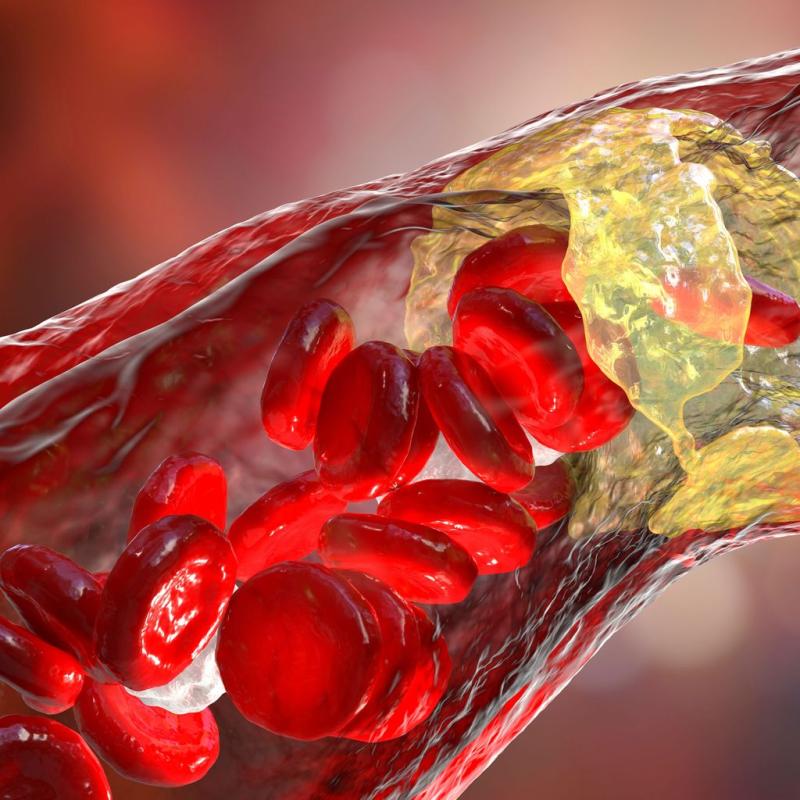Atherosclerosis, a chronic condition characterized by the buildup of plaques within the arterial walls, remains a leading cause of cardiovascular disease worldwide. Treatment strategies have evolved significantly over the past decades, centering on lifestyle modifications, surgical procedures, and most importantly, pharmacological interventions. The development and use of atherosclerosis treatment drugs are crucial in managing this condition, reducing cardiovascular risks, and improving patient outcomes. This article delves into the various classes of drugs used for atherosclerosis treatment, their mechanisms, emerging trends, and insights into the competitive market ecosystem.
Comprehensive Overview of Atherosclerosis Treatment Drugs and Their Mechanisms
Pharmacologic treatment of atherosclerosis primarily aims to reduce plaque progression, prevent thrombotic events, and control underlying risk factors such as hyperlipidemia, hypertension, and inflammation. Statins remain the cornerstone of therapy, effectively lowering low-density lipoprotein cholesterol (LDL-C) by inhibiting HMG-CoA reductase, an enzyme central to cholesterol synthesis. Beyond lipid-lowering, statins exhibit pleiotropic effects, including anti-inflammatory and plaque-stabilizing properties, which are crucial in reducing cardiovascular events.
In addition to statins, other lipid-lowering agents such as PCSK9 inhibitors have emerged as a robust treatment option. These monoclonal antibodies enhance the clearance of LDL cholesterol by preventing degradation of LDL receptors on liver cells, thereby significantly lowering plasma LDL levels. Ezetimibe is another important drug that acts by inhibiting cholesterol absorption in the intestine, complementing statin therapy particularly in patients who do not achieve target LDL levels.
Antiplatelet drugs, including aspirin and newer P2Y12 inhibitors like clopidogrel, ticagrelor, and prasugrel, play a significant role in preventing atherosclerosis-related thrombotic complications. By inhibiting platelet aggregation, they reduce the risks of myocardial infarction and stroke in patients with advanced atherosclerosis or those undergoing percutaneous coronary interventions.
Hypertension control is also crucial in managing atherosclerosis, with several classes of antihypertensive drugs being utilized, including ACE inhibitors, angiotensin receptor blockers (ARBs), beta-blockers, and calcium channel blockers. These medications help reduce arterial wall stress, preventing further endothelial damage and plaque development.
Emerging Trends and Innovations in Atherosclerosis Drug Development
The landscape of atherosclerosis drug treatment is continuously evolving with the introduction of novel therapeutic agents targeting inflammation and lipid metabolism. Recent advancements focus on drugs that directly modulate inflammatory pathways, critical in plaque formation and destabilization. For instance, drugs targeting interleukin-1β (IL-1β), such as monoclonal antibodies, have shown promise in reducing cardiovascular events by curbing systemic inflammation.
Additionally, novel RNA-based therapies and gene-editing tools are being explored to target genetic predispositions and molecular drivers of atherosclerosis. These innovative approaches aim to provide more personalized and effective treatment regimens with potentially fewer side effects.
Bisphosphonates and other agents are under investigation for their effects on arterial calcification, a key factor in plaque rigidity and cardiovascular risk, which may open new therapeutic avenues beyond traditional lipid-lowering drugs. Likewise, research into gut microbiota modulation through drugs or probiotics is uncovering new mechanisms influencing lipid metabolism and inflammation in atherosclerotic disease.
Navigational Insights for Accessing Atherosclerosis Drug Market Research Reports
For stakeholders interested in understanding the competitive dynamics and future growth potential of atherosclerosis treatment drugs, comprehensive market research reports provide detailed insights. These reports typically include analysis on drug pipeline status, market segmentation by drug class, revenue forecasts, and regional market breakdowns. Navigating through these in-depth analyses can equip pharmaceutical companies, healthcare providers, and investors with critical information to make informed decisions regarding product development, market entry strategies, and investment opportunities within the cardiovascular therapeutics domain.
Market research reports also evaluate regulatory landscapes, patent expiries, and key industry players’ strategies, providing a holistic view that aids in identifying growth drivers and potential barriers. These insights are invaluable for anticipating shifts in market demand and technological advancements.
Commercial Opportunities and Competitive Landscape of Atherosclerosis Drug Markets
The commercial potential of atherosclerosis treatment drugs is substantial and continues to expand due to the growing prevalence of cardiovascular diseases globally. The sales volume of statins, PCSK9 inhibitors, and combination therapies has witnessed steady growth driven by increasing patient awareness and improved diagnostic capabilities. Moreover, the rise in elderly populations and the incidence of lifestyle-related risk factors such as obesity and diabetes fuel continuous demand.
Pharmaceutical companies are increasingly focusing on developing fixed-dose combinations that address multiple risk factors simultaneously, offering convenience and improved adherence. Furthermore, advances in drug delivery systems and biosimilars are expected to enhance market accessibility and affordability.
The competitive landscape involves prominent pharmaceutical firms investing heavily in research and development, strategic partnerships, and acquisitions to strengthen their product portfolios in this segment. Patent cliffs and the introduction of generic drugs play significant roles in shaping market dynamics, making innovation and differentiation critical factors for sustained commercial success.
Get this Report in Japanese Language: 動脈硬化治療薬市場
Get this Report in Korean Language: 동맥경화증 치료제 시장
Read More Articles Related to this Industry: Strategic Partnerships in the Epinephrine Market
About Author:
Money Singh is a seasoned content writer with over four years of experience in the market research sector. Her expertise spans various industries, including food and beverages, biotechnology, chemical and materials, defense and aerospace, consumer goods, etc. (https://www.linkedin.com/in/money-singh-590844163)
